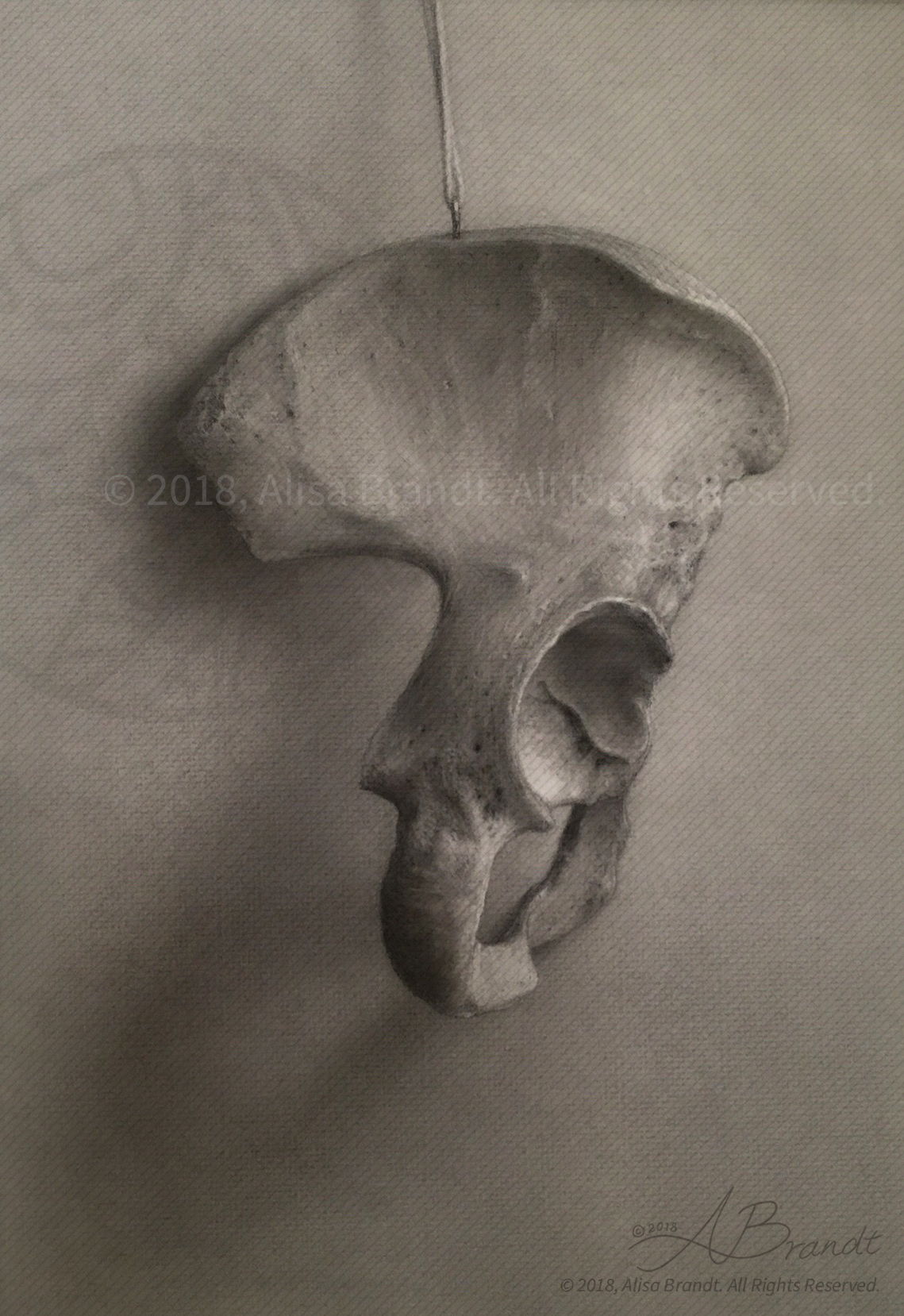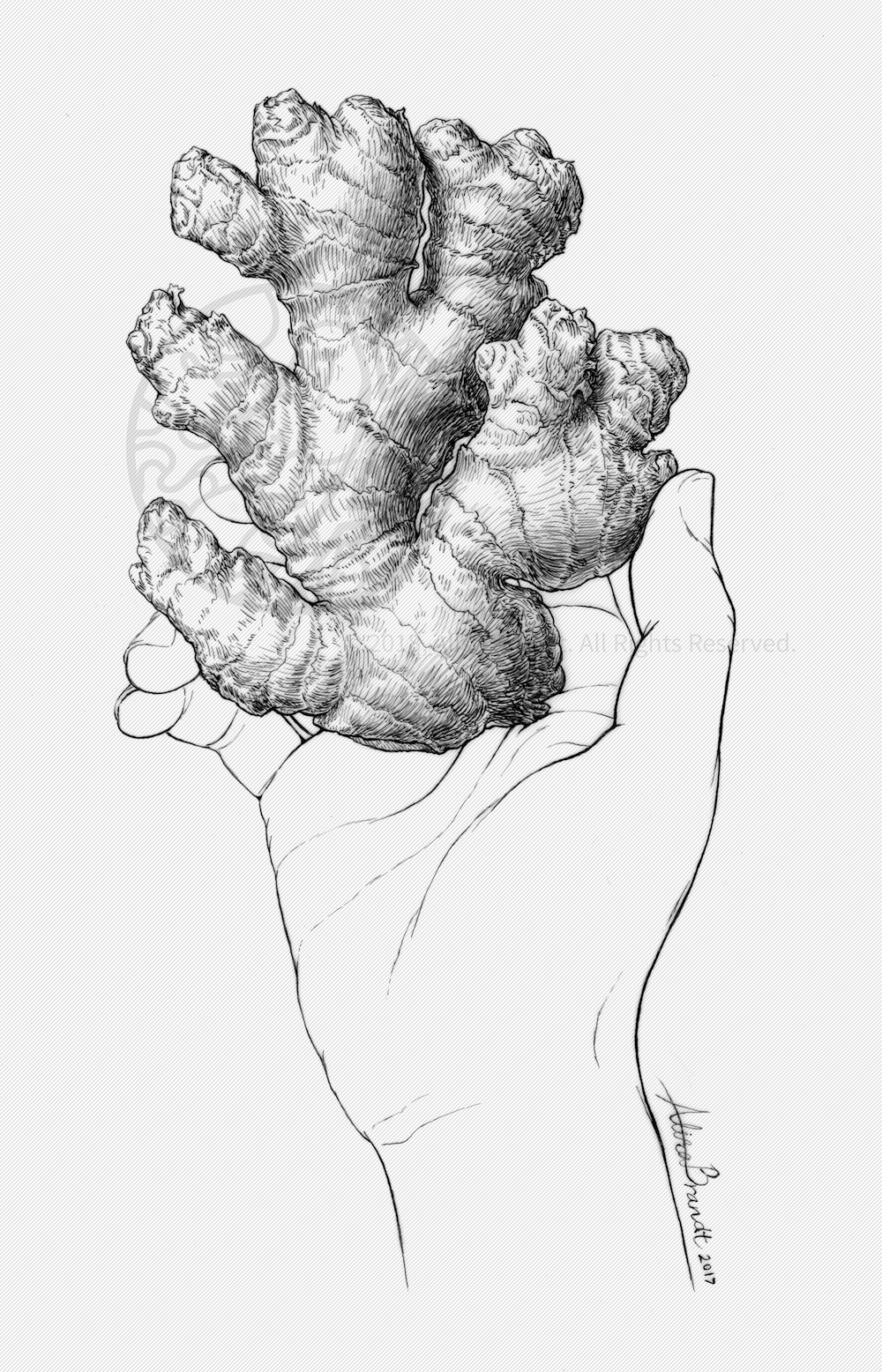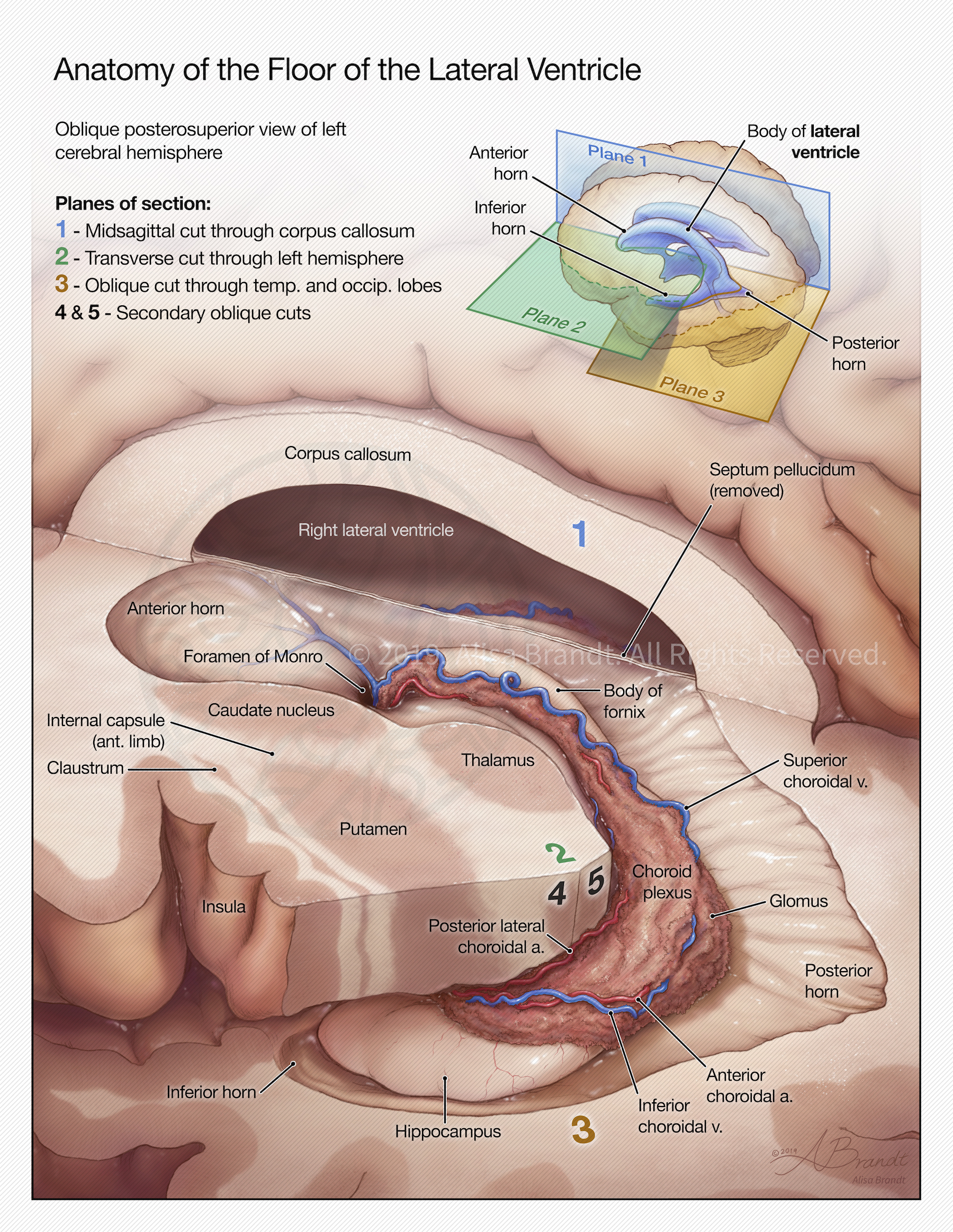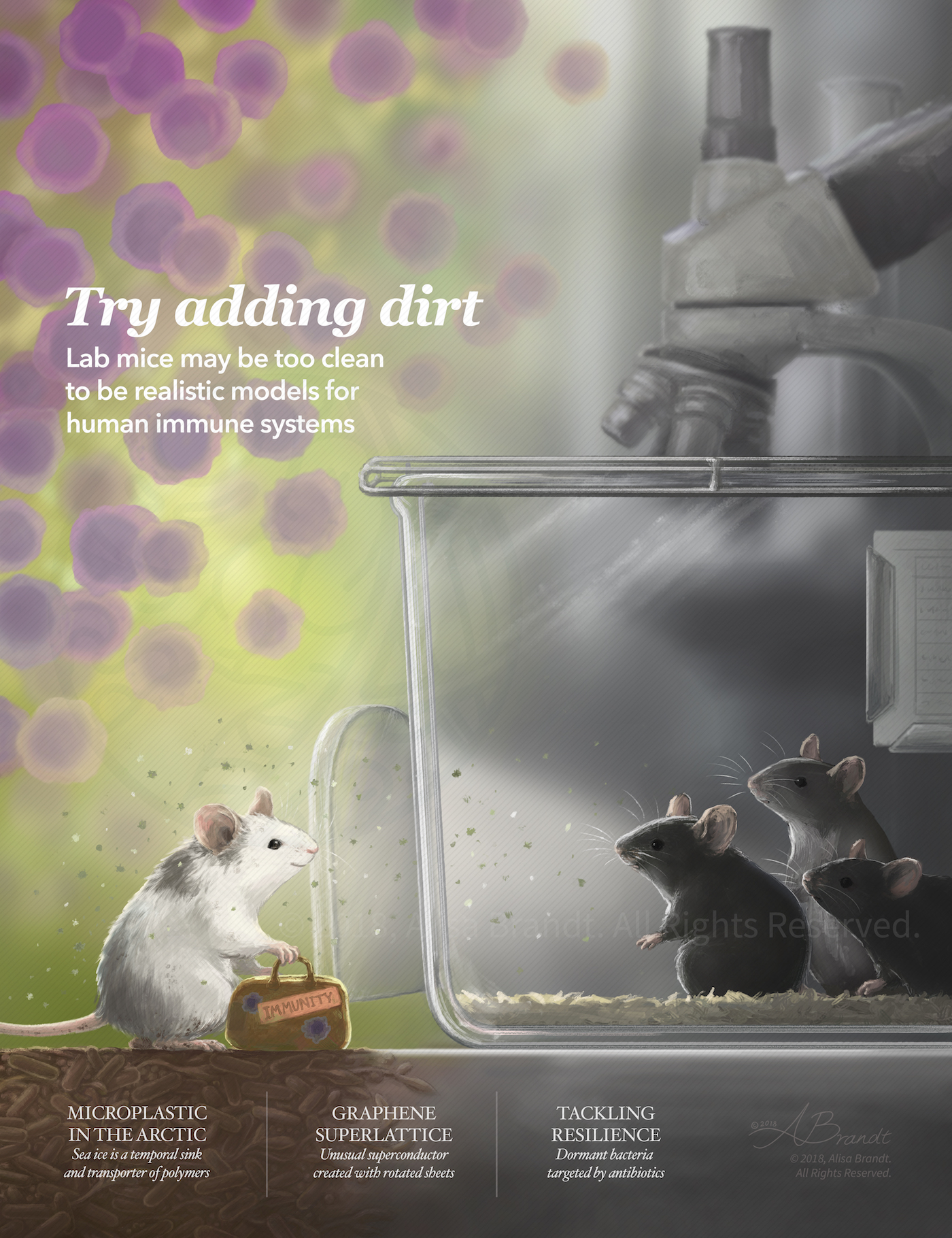Laparoscopic Sigmoid Colectomy
Laparoscopic sigmoid colectomy surgical illustration designed for a surgical atlas. Created during the Surgical Illustration course in the Medical and Biological Illustration graduate program at Johns Hopkins University School of Medicine.






